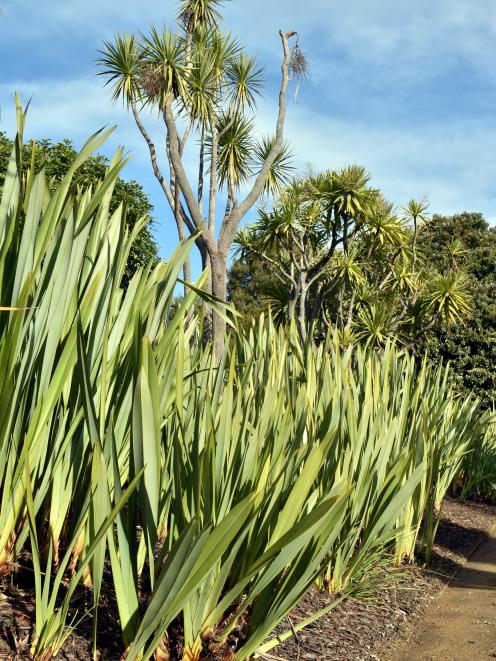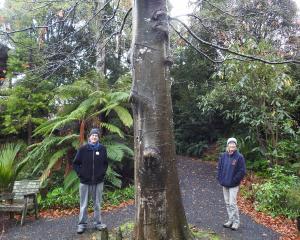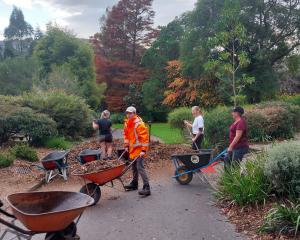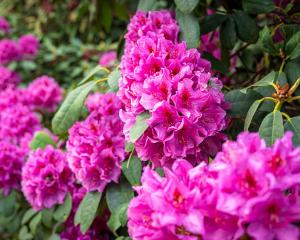
It is difficult to imagine a New Zealand history, culture and landscape without our native flax species.
Harakeke (Phormium tenax) and wharariki (Phormium cookianum) grow in a diversity of wild communities, and have been used and cultivated by people in Aotearoa for centuries.
There are many things to enjoy about growing flax.
Flaxes are tough: most are tolerant of frost, drought, browsing and salt spray.
They are adaptable: they can be grown as specimens, in containers, in a mixed planting, as shelter or as hedging.
There is a great number of cultivated varieties, with a range of foliage colours, differing heights, and either a weeping or erect habit to choose from.
Although there is a flax variety for most garden situations, people often plant the wrong flax in the wrong place.
This is normally a too-large variety that looks great for a while, until its triffid-like growth morphs it into a monster, creating a nuisance for lawnmowers and pathways.
Another common mistake is to assume that this tough plant requires a less than careful method of pruning: tatty leaves hacked in half, left to brown and degrade, inviting pests and disease.
Instead of desecrating these dignified plants, use a sharp blade to carefully remove the outer leaves from each fan.
Remove old flowering fans completely.
- Kate Caldwell is curator of the native plant collection at Dunedin Botanic Garden.












